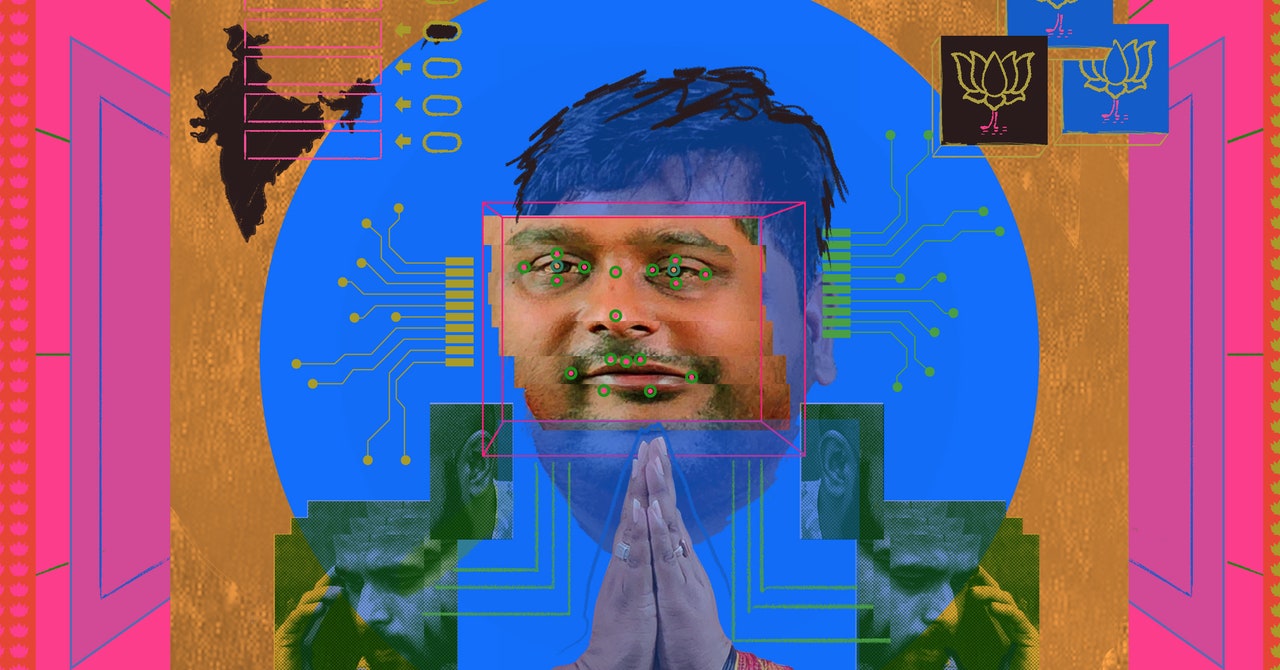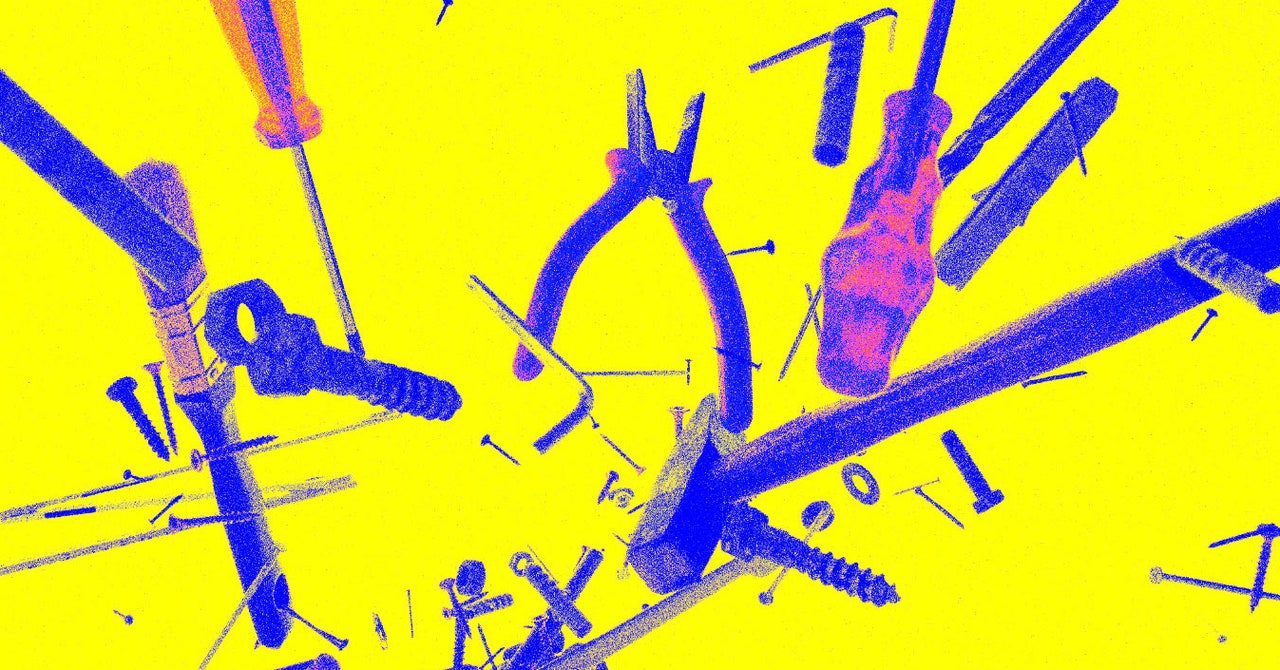Human Intelligence created artificial intelligence which creates deepfakes. The latter, a symbol of technological advancement and innovation, also poses a threat to society as we know it. Sexual harassment, invasion of privacy, security risks, child molestation and propagation of misinformation are just some of the problems associated with deepfakes.
PREMIUM The last few years have seen several petitions before courts on issues emanating from deepfakes and artificial intelligence (AI).(FILE/Pexels)
The Merriam-Webster dictionary defines deepfake as an image or recording that has been convincingly altered and manipulated to misrepresent someone as doing or saying something that was not done or said.
Recently, the Delhi high court while hearing an appeal against a maintenance order refused to rely on a photograph in the absence of any evidence being led to establish its authenticity. The high court explained: “We may take judicial notice of the fact that we are living in the era of deepfakes and, therefore, this is an aspect that the appellant/husband, perhaps, would have to prove by way of evidence before the Family Court.” The specific use of the term deepfake by the court revealed the extent to which they have invaded our lives.
The last few years have seen several petitions before courts on issues emanating from deepfakes and artificial intelligence (AI).
In September 2023, the Delhi high court protected the personality rights of actor Anil Kapoor who had sought protection of personality rights against misuse over the internet. The court noted the different instances in which the actor’s face, voice, face etc had been used for endorsements and said, ‘Under these circumstances, this Court has no doubt in holding that the Plaintiff’s name, likeness, image, persona, etc., deserve to be protected, not only for Plaintiff’s own sake but also for the sake of his family and friends who would not like to see his image, name and other elements being misused, especially for such tarnishing and negative use.’
In December 2023, the Delhi high court took up another petition that complained about the unregulated use of deepfakes in the country and sought directions to the central government to issue regulations for deepfakes. The court, which sought the Centre’s response to the plea, noted that the regulation of technology was a difficult area and required a balanced approach. The petition is listed for July 9.
The central government notified an amendment to the Information Technology (Intermediary Guidelines and Digital Media Ethics Code) Rules, 2021 in April 2023, which introduced Rule 3(i)(II)(A) and (C). The amended rules sought greater diligence from social media platforms and made the government via a ‘fact check unit’ the final arbiter of fake or misleading content.
Kunal Kamra and several others challenged the amendment as being in violation of the Constitution before the Bombay high court. The primary contention was that the amendment, under the garb of regulating false content, aimed to stifle dissent. The Bombay high court rendered a split verdict on January 31, 2024. Justice G.S. Patel held the amendment to be unconstitutional but Justice Neela Gokhale held that with certain safeguards, the amendment was valid.
Interestingly, the 2023 amendment was stayed during the pendency of the litigation but after the split verdict, the case was sent to a third Judge. Kamra and others moved for a stay of the amendment pending adjudication. However, the high court refused to stay the provision leading Kamra to approach the Supreme Court. Meanwhile, the Centre notified the fact check unit to take down online content deemed fake or misleading on March 20, 2024. The Supreme Court, which took up the case on March 21, stayed the amended rule and the March 20 notification till the final disposal of the matter.
This election season also saw calls for action against deepfakes. Lawyers voice, an organisation filed a petition seeking the Election Commission of India to take appropriate steps to prevent the circulation of deepfake videos which created a narrative of misinformation. However, the petition was disposed of following an assurance of the Election Commission that if someone makes a representation to it, the same would be decided before May 6, 2024.
Technology will never remain stagnant and while it provides innumerable benefits, it does come at a heavy cost. Regulating deepfakes is not a simple black and white issue but requires deliberation not only on the legal aspects but technological advancement. Any legal framework needs to not only regulate the present but the future as well.


